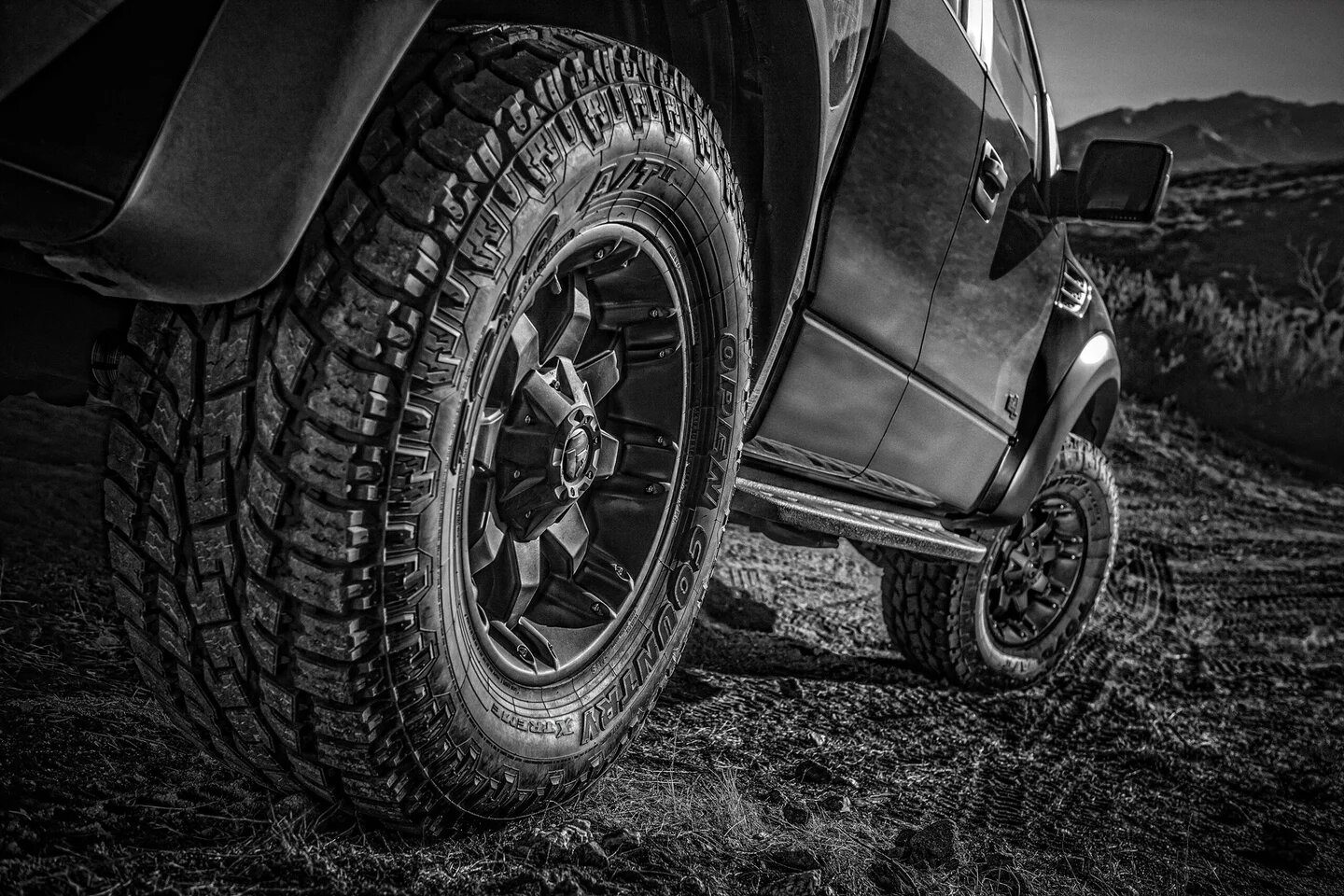Upgrading off-road tires is a frequent modification made by enthusiasts looking to improve their vehicle’s performance in challenging terrains. One fundamental decision to make in this process is whether to upgrade with the Original diameter or opt for larger or smaller diameters. This decision can influence not only the aesthetic appeal of the vehicle but also its performance, efficiency, and safety.
Understanding Tire Diameter
Before delving into the debate, it’s vital to understand what we mean by tire diameter. Essentially, the diameter is the distance from one side of the tire to the other, cutting through the center. Stock diameter refers to the size of the tire that the manufacturer initially installed on the vehicle.
Maintained Vehicle Dynamics
One of the most pronounced benefits of maintaining your stock tire diameter is that the vehicle’s dynamics, such as acceleration, braking, and cornering, remain relatively unchanged. Manufacturers invest significant resources to ensure that a particular tire size aligns with a vehicle’s weight, suspension design, and braking capabilities. By keeping the same diameter, you’re ensuring that these elements continue to operate harmoniously.
Fuel Efficiency
Larger tires can decrease fuel efficiency. The added weight and rolling resistance can mean your vehicle has to work harder, consuming more fuel in the process. Sticking to the stock diameter can prevent this unwanted increase in fuel consumption.
Accurate Speedometer and Odometer
Your vehicle’s speedometer and odometer are calibrated based on the stock tire diameter. If the diameter gets larger, the speedometer can understate your actual speed and the odometer might understate your total distance traveled.
Less Stress on Components
Larger tires can place more stress on the suspension, brakes, and drivetrain, among other vehicle parts. In extreme circumstances, this may lead to premature wear and possibly part failure. By staying with the standard diameter, these dangers can be reduced.
Advantages of Upgrading to a Larger Diameter
Improved Ground Clearance
One of the primary reasons off-road enthusiasts opt for larger tires is to gain ground clearance. In terrain where you run the risk of bottoming out or scraping your undercarriage against objects, this can be really helpful.
Enhanced Traction
A larger contact patch, provided by bigger tires, can translate to improved traction, particularly useful in muddy or loose terrains.
Aesthetic Appeal
For many, the rugged look of large tires is unmatched. A vehicle outfitted with oversized rubber can often appear more aggressive and better suited for the challenges of off-road environments.
Improved Bump Absorption
Larger tires can absorb bumps and uneven surfaces more effectively than smaller ones, leading to a smoother ride in challenging terrains.
Motives to Consider Changing the Tire Diameter
Greater Ground Clearance
A vehicle with larger tires will be able to travel over more substantial barriers without getting stuck or damaging them by lifting the vehicle higher off the ground.
Improved Traction
Wider tread patterns are frequently found on larger tires, which may offer improved grip and traction, particularly in muddy or sandy situations.
Aesthetic Appeal
Let’s face it, the rugged, imposing appearance of larger tires is a big lure for many off-road aficionados.
Drawbacks of Changing the Tire Diameter
Cost
Larger tires are generally more expensive. Additionally, they might necessitate further modifications, such as lifting the vehicle or adjusting the gear ratio, which adds to the overall cost.
Wear and Tear
As mentioned earlier, larger tires can strain certain vehicle components. However, this can be mitigated by other upgrades. For instance, if you increase the tire size, it may be wise to also upgrade the brakes to handle the additional weight effectively.
Handling Dynamics
Larger tires can alter the center of gravity, potentially affecting the vehicle’s handling, especially at higher speeds or during quick maneuvers.
Possible Safety Concerns
Larger best 30-inch off-road wheels and tires might not fit well within the vehicle’s wheel wells, leading to rubbing against suspension components or the body, especially when the steering wheel is turned to its limits or during suspension compression.
Important Considerations When Changing Diameter
Recalibration
If you choose to change the tire diameter, it’s essential to recalibrate the speedometer and the odometer. Modern vehicles often have electronic systems that can be recalibrated using specialized tools or software.
Suspension and Brake Upgrades
If you’re considering a significant increase in tire size, it’s crucial to assess if your vehicle’s suspension and braking systems need upgrades to accommodate the new tire size safely and effectively.
Legal Implications
Some jurisdictions have legal restrictions on how much you can alter a vehicle’s tire size. It’s crucial to be aware of and comply with these regulations.
Making Your Decision to Upgrade Your Off-Road Tires
Depending on your preferences and how you want to use the car, you can either stick with the original diameter or upgrade. Sticking with the standard size might be the best option if you’re looking for a seamless transition with little modifications to the vehicle’s characteristics and performance.
However, the advantages of larger Off-Road tires can outweigh the disadvantages if you are driving in difficult terrain or hoping to turn the car into a specialized off-roader. Just make sure you’re prepared to make the necessary changes and maybe deal with the effects on fuel efficiency and component strain in this situation.
Conclusion
A vital part of off-roading modifications is tire upgrades. The best option always depends on the needs and tastes of the individual, even though both stock and greater diameters offer their benefits. When choosing larger Off-Road tires, never forget to account for the extra costs and necessary adjustments. Whether you are driving across sand dunes, muddy trails, or up rocky inclines, be sure your tire selection fits your excursion.












